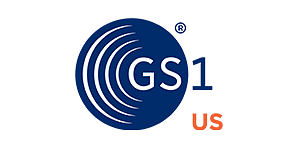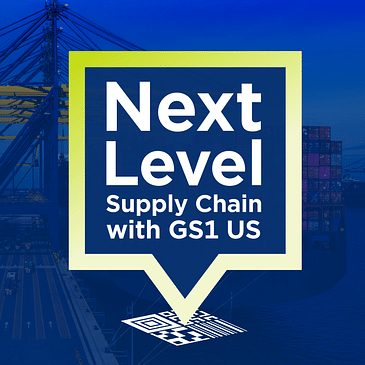Imagine a world where combating climate change and protecting the environment is integrated into every step of global trade.
In this episode, hosts Reid Jackson and Liz Sertl are joined by Lea-Ann Bigelow, Director of Green Trade at U.S. Customs and Border Protection (CBP). With a wealth of experience in environmental regulation and sustainability, Lea-Ann shares how U.S. Customs is evolving to meet the challenges of climate change through innovative trade practices.
Lea-Ann discusses how CBP's efforts are not just about regulating imports but about leading the charge in reducing emissions, enhancing traceability, and fighting environmental crimes. By integrating sustainability into the global supply chain, these initiatives are paving the way for a cleaner, safer world.
In this episode, you’ll learn:
-
How U.S. Customs and Border Protection is pioneering green trade practices to reduce emissions and enhance sustainability across global supply chains.
-
The implementation of advanced traceability systems to combat environmental crime and ensure compliance in international trade.
-
The collaborative strategies between government and industry that are shaping a more resilient and environmentally responsible future for global trade.
Jump into the Conversation:
[00:00] Introducing Next Level Supply Chain
[00:40] Lea-Ann Bigelow Discusses Green Trade Initiatives at CBP
[01:23] The Dark Side of Trade: Environmental Crime and Its Ties to Other Offenses
[01:52] Why GS1 Connect Is Crucial for Environmental Compliance
[02:55] The Role of GS1 Standards in Enhancing Global Trade Compliance
[04:41] Developing the Green Standard for Global Trade
[04:50] International Collaboration on Environmental Regulations
[05:31] Navigating Complex Global Environmental Regulations
[06:02] Closing Thoughts: The Future of Green Trade
Connect with GS1 US:
Our website - www.gs1us.org
Connect with the guests:
Lea-Ann Bigelow on LinkedIn



